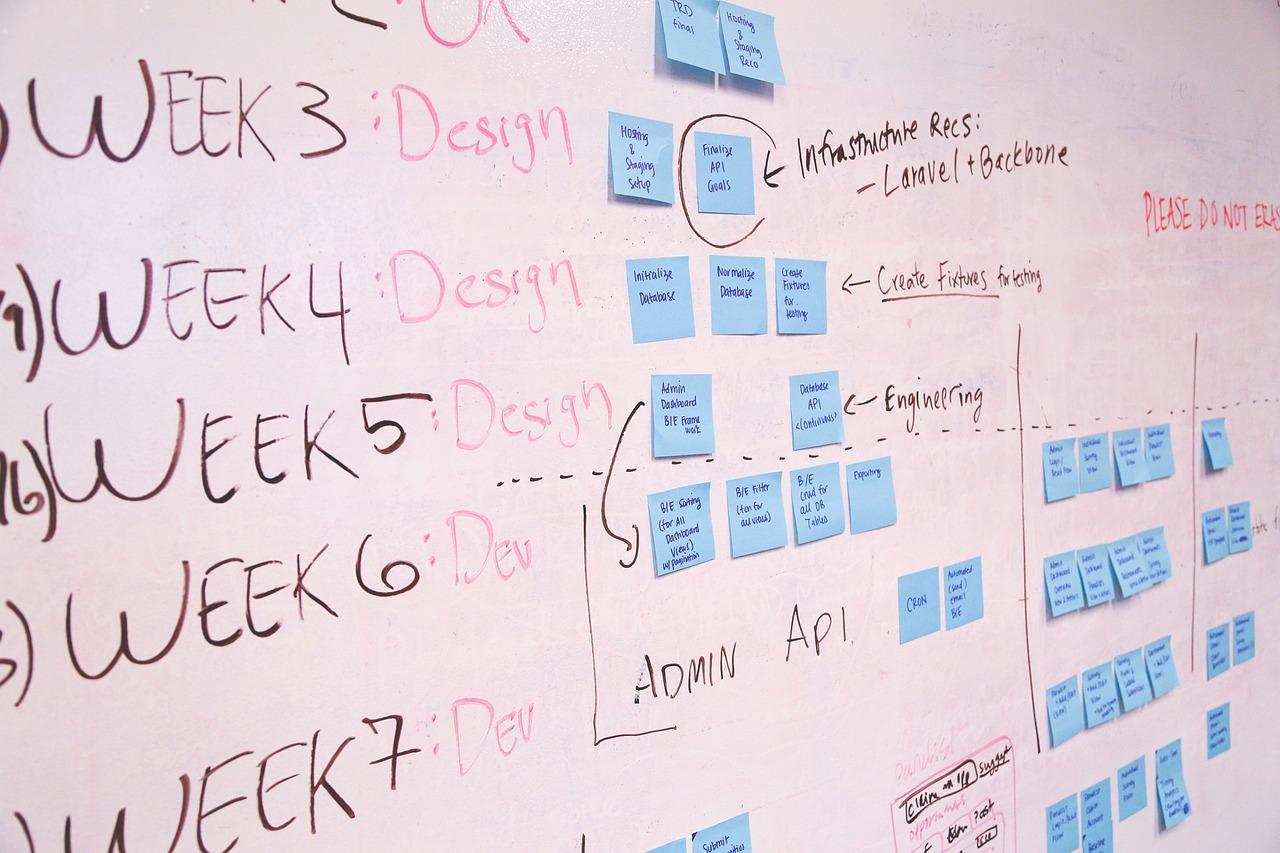Tips for Creating Detailed and Actionable Process Maps
Tips for Creating Detailed and Actionable Process Maps

Process maps are visual diagrams that outline the steps required to complete a process from start to finish.
They provide a clear overview of a process flow and help identify areas for improvement. Follow these tips to create detailed and actionable process maps:

Understand the Process Thoroughly
Before you start mapping, make sure you fully understand the process you want to diagram. Gather information by observing the process in action, interviewing staff who perform the steps, and reviewing any existing process documentation. Focus on understanding the logical flow of activities, decision points, and key inputs and outputs.
Use a Process Mapping Template
Choosing to use a process mapping template can save time and ensure consistency across multiple process maps. Standard templates usually contain shapes representing common process elements like starting/ending points, activities, decisions, etc. Consider creating a template with shapes, colors, and labels tailored to your organization.
Involve Process Owners and Staff
People who regularly perform the process should be involved in reviewing and contributing to the map. They can validate that all steps are captured accurately and in the right order. Their input also builds engagement in process improvement initiatives.
Capture the Current State
Initially focus on mapping the process in its current state rather than how you want it to be. Diagramming the current state exposes duplication, inefficiency and blind spots. Documenting the existing process also provides a baseline to measure future improvements against.
Add Enough Detail
Strike a balance between high-level overview and excessive detail. Use short action verbs for step names. Break down complex steps into multiple simpler activities. Include alternate branches to show scenarios like exceptions and errors. Add swimlanes to distinguish between roles, systems or departments. Enough detail makes the map truly actionable.
Include Process Metrics
Incorporate relevant metrics like process time, volume, cost and quality. For example, note the cycle time for each step or percentage of defects. This quantifies the current performance and highlights improvement opportunities. Make sure to include the data sources.
Validate for Accuracy
Review the draft process map with staff and managers. Verify that all steps are correct and nothing major is missing. Refine the map based on their feedback until it provides an accurate picture. inaccuracies will undermine the credibility and utility of the map.
Simplify the Visual Presentation
Strive for clear, easy to interpret diagrams. Use colors sparingly to highlight key flows or steps. Avoid crisscrossing lines. Position elements thoughtfully with logical top-to-bottom or left-to-right flow. Add visual cues like numbered steps. A clean, uncluttered layout facilitates analysis and communication.
Keep Iterating
Treat process maps as living documents requiring regular review and updates. Revalidate the maps periodically to ensure they represent the current state. Refine them as new insights emerge. Use them as a baseline for future process improvement projects. Continual refinements will maximize the value.
Following these best practices will produce detailed, accurate and actionable process maps. Well-designed maps promote shared understanding and provide a solid foundation for meaningful process improvements.
Felix Yim
Tech Expert
Felix is the founder of Society of Speed, an automotive journal covering the unique lifestyle of supercar owners. Alongside automotive journalism, Felix recently graduated from university with a finance degree and enjoys helping students and other young founders grow their projects.
Trending
1 Recession Impacts: What Long Distance Movers Need to Know
Daniel Hall2 7 Essential Things to Know About eCommerce SEO Agency
Daniel Hall3 How to Establish Your Brand Identity in a Foreign Market
Daniel Hall4 What Businesses Need in 2024 for Smooth Operations
Daniel Hall5 Job Description Warning Signs: What to Look Out for Before Applying
Anas Bouargane

